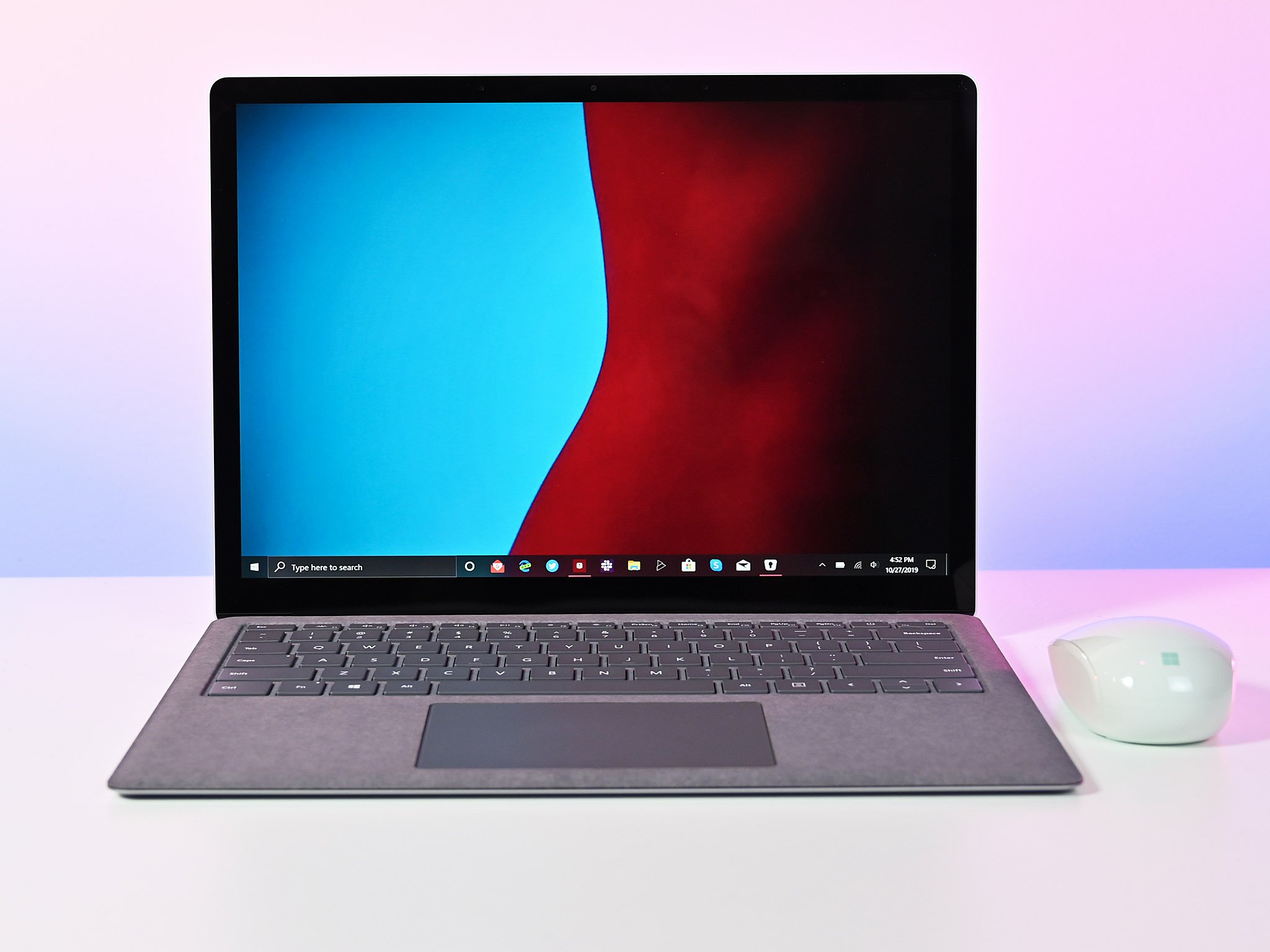Windows 10 support ending in October 2025 is old news
Despite reports and rumors to the contrary, Microsoft listing October 2025 as the end date for Windows 10 support isn't new information.

What you need to know
- A Microsoft support page states that Windows 10 will be supported until October 14, 2025.
- This date has been known since 2015 but is making rounds on the web today.
- The listed date of October 14, 2025 is not related to Windows 11.
Back when Windows 10 was new, Microsoft confirmed that it would continue its traditional 10 years of support for Windows 10. A Microsoft page for Windows was updated back in 2015 to state that support for Windows 10 would end on October 14, 2025. Now, that same date is making rounds on the web due to some reports and speculation.
A doc from Microsoft reads, "Microsoft will continue to support at least one Windows 10 Semi-Annual Channel until October 14, 2025." Some have said that this doc was recently updated, but that doesn't appear to be the case. According to the Wayback Machine, that phrasing has been on the website since at least September 2020.
In addition to appearing on the Wayback Machine's archived version of the page, our initial coverage outlined Microsoft's timeline back in 2015. Back then, it was stated that the end of mainstream support was October 13, 2020 and that security updates and bug fixes would continue until October 14, 2025.
Of course, we have gone past the initial listed cutoff date for mainstream support and Windows 10 is still being updated. Another Microsoft doc outlines the end of support dates for various versions of Windows 10, including when extended support runs out.
Some have speculated that the end of support date could be related to Windows 11, but the fact that the date has been known since 2015 makes that unlikely.
All the latest news, reviews, and guides for Windows and Xbox diehards.

Sean Endicott is a news writer and apps editor for Windows Central with 11+ years of experience. A Nottingham Trent journalism graduate, Sean has covered the industry’s arc from the Lumia era to the launch of Windows 11 and generative AI. Having started at Thrifter, he uses his expertise in price tracking to help readers find genuine hardware value.
Beyond tech news, Sean is a UK sports media pioneer. In 2017, he became one of the first to stream via smartphone and is an expert in AP Capture systems. A tech-forward coach, he was named 2024 BAFA Youth Coach of the Year. He is focused on using technology—from AI to Clipchamp—to gain a practical edge.
